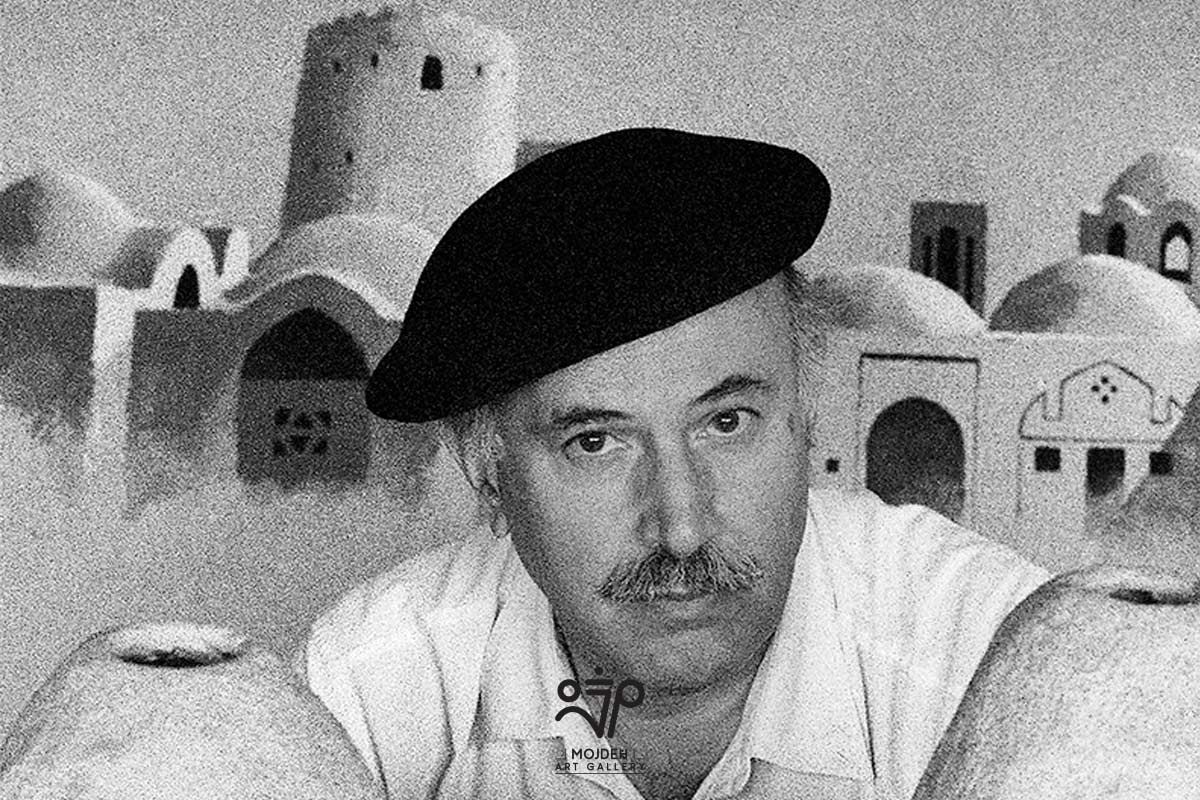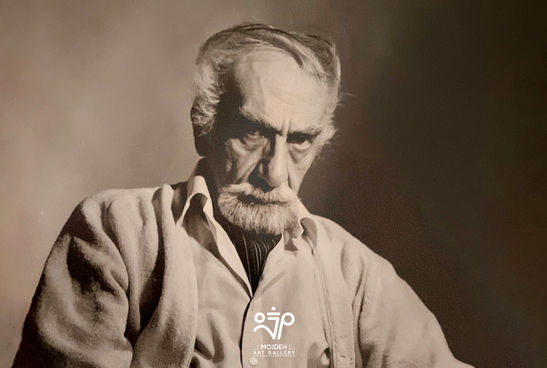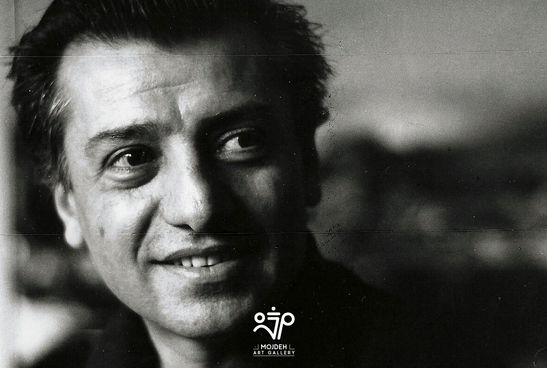Parviz Kalantari

Parviz Kalantari was born in Zanjan in 1931 and completed his studies in painting at the Faculty of Fine Arts, University of Tehran in 1959. His first solo exhibition was also held at the same faculty in 1961. He held numerous solo and group exhibitions in galleries in Iran and abroad, which continued from the early 1960s until the end of his artistic life. In addition to his artistic activities, he also taught at the Faculty of Fine Arts for many years, and many of today's professors are considered former students of Kalantari. Most of Kalantari's paintings draw inspiration from traditional Iranian architecture: adobe, mudbrick, and walls that display a glimpse of the passage of time and human erosion. Among the four famous elements—water, fire, earth, and air—Kalantari regarded earth as a prototype for the other elements, and this element, sometimes in the form of mixed media and sometimes by leaving its color and state in his works, plays an undeniable role. This element, earth, has been the closest material for perceiving the world and is a symbol of humanity's proximity to the earth and its emergence from it. Considering what has been said, Kalantari, by utilizing elements of Iranian architecture with earth as the central focus, subtly incorporates many concepts from Iran's rich literary culture into his works: rhythm and melody, human transience and their return to dust, seizing the moment, and so on, all play a fundamental role in his paintings. It's worth noting that, in addition to this period of Kalantari's works, another phase of his work is rooted in Iranian nomadic culture, essentially a form of artistic and visual ethnography and anthropology. This period of Kalantari's work reflects the diversity of the Iranian nation within a unity, a perspective he himself embodied. Parviz Kalantari can perhaps be considered among the most deeply rooted Iranian artists in Iranian popular and traditional culture, a perspective that has drawn the attention of many critics, gallerists, and collectors for over 60 years. Kalantari passed away in 2016, leaving behind a legacy of attention to Iranian culture in the visual arts.
Sohrab Ahmadi
Photo by Maryam Zandi


